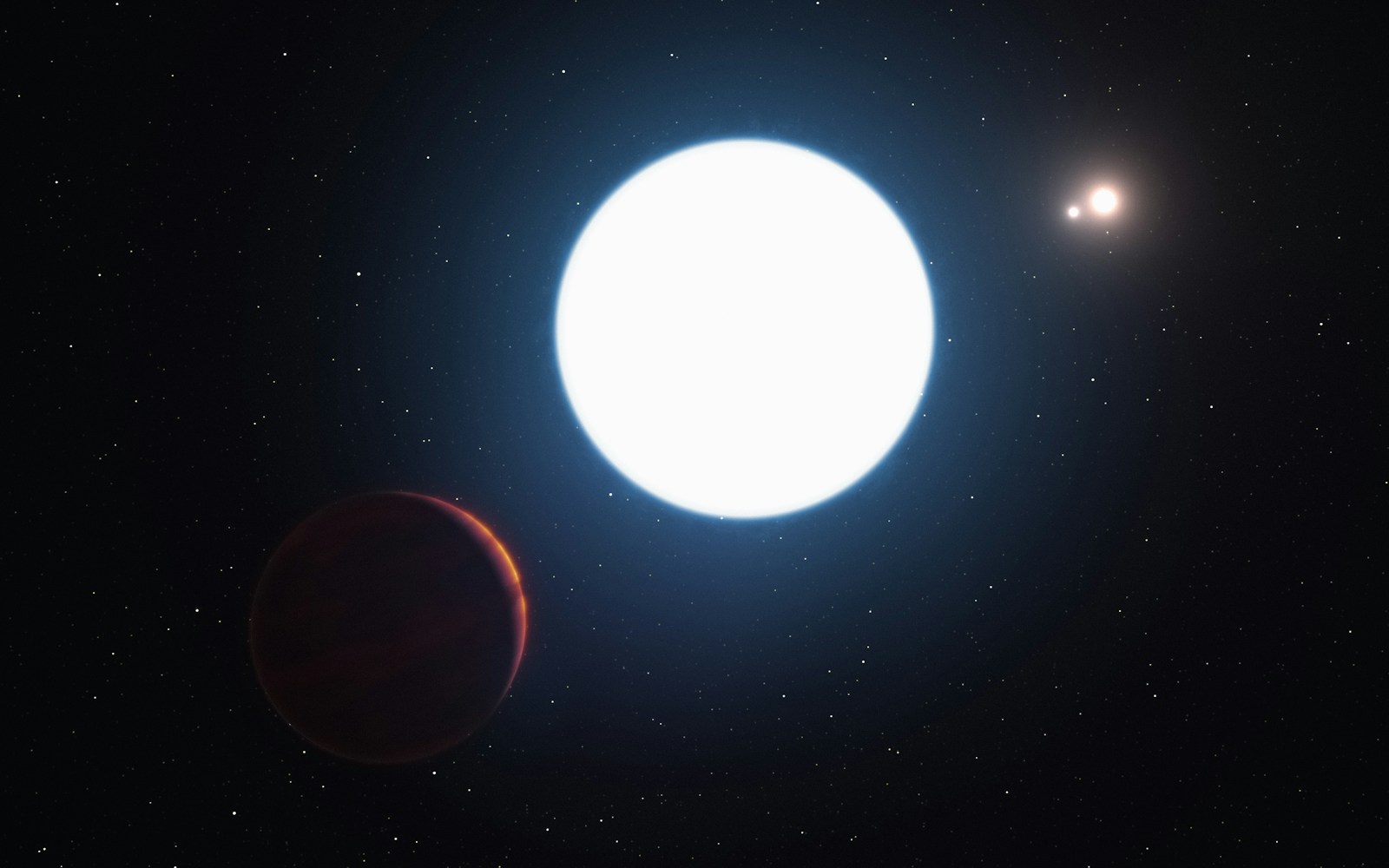Key Takeaways:
• A white dwarf planet orbits a tiny, dense star remnant that was once like our Sun.
• These planets must stay very close to their star to keep water liquid.
• They face extreme tidal heating and risk losing water when the star dies.
• Under the right conditions, a white dwarf planet could still support life.
What is a white dwarf planet?
A white dwarf is a dead star core left after a star like our Sun sheds its outer layers. It packs half the Sun’s mass into a sphere about Earth’s size. A white dwarf planet orbits so close that it could face the star’s entire disk in the sky.
These planets lie much nearer to their star than Earth is to the Sun. They must stay this close because white dwarfs give off far less light and heat. Yet this nearness brings unique challenges.
Could life survive on a white dwarf planet?
First, such a planet needs liquid water. Life as we know it depends on oceans, lakes, or rivers. Next, the planet has to avoid getting too hot or too cold. Moreover, it must keep water through the star’s death throes.
Challenges of tidal heating
One big issue is tidal heating. Tidal forces bend a planet’s interior as it orbits. Friction then turns that bending into heat.
On Jupiter’s moon Io, gravity from Jupiter and nearby moons deforms the rock nonstop. As a result, Io has hundreds of active volcanoes. In contrast, Europa, another moon, has milder tidal heating. Its ice shell partly melts, creating a hidden ocean.
A planet in the habitable zone of a white dwarf would face similar forces. However, if tidal heating grows too strong, its surface could become too hot for liquid water. Therefore, a careful balance is crucial.
Surviving the star’s red giant phase
Before a white dwarf forms, the star expands into a red giant. It grows up to 100 times its original size. Planets too close will be swallowed and destroyed. In our solar system, Mercury, Venus, and Earth will vanish during this stage.
To survive, a white dwarf planet must start far from its star. Perhaps it formed as far out as Jupiter’s orbit, or even beyond. Then, after the star calms into a white dwarf, the planet could migrate inward.
Planet migration and water loss
Computer models show that a planet can move closer to a white dwarf over time. Yet this journey can heat the planet intensely. If it heats too much, all surface water may boil away before the planet reaches a safe orbit.
However, if migration happens late—after the white dwarf has cooled—then the planet may retain its water. Cooler white dwarfs emit less harmful radiation. In that case, surface water could last for billions of years.
Finding a habitable white dwarf planet
Detecting any planet around a white dwarf is tough. Astronomers often use the transit method. They watch for tiny dips in a star’s brightness when a planet passes in front.
Since white dwarfs are nearly Earth-sized, a planet’s transit blocks a large share of light. Yet spotting that dip still demands perfect timing and careful monitoring. As a result, no confirmed Earth-like white dwarf planet has been found yet.
The James Webb Space Telescope offers new hope. It can analyze starlight as it filters through a planet’s atmosphere. If living organisms produce gases like oxygen or methane, the telescope could spot their fingerprints. Therefore, astronomers are eager to scan white dwarf systems for hints of life.
Why a white dwarf planet matters
White dwarfs are common. Our galaxy may hold ten billion of them right now. Moreover, every low-mass star will end its life as a white dwarf. That means countless more will form in the future.
If white dwarf planets can host life, the universe could offer many more life-friendly worlds than we imagined. Scientists might find life thriving long after a star’s dramatic death.
Looking ahead
Next-generation telescopes will keep hunting for white dwarf planets. They will use precise timing and advanced instruments to catch rare transits. Astronomers will also simulate planet migrations to understand tidal heating better.
As research continues, we may learn that life can adapt to even the strangest worlds. A white dwarf planet represents a last chance for a solar system to shine with life.
Frequently Asked Questions
How close must a white dwarf planet orbit for liquid water?
A planet needs to be 10 to 100 times closer to a white dwarf than Earth is to the Sun. This ensures it gets enough warmth without freezing.
What threats does tidal heating pose to these planets?
Tidal heating bends a planet’s interior and generates friction. If it grows too intense, surface water can boil away.
Can a white dwarf planet keep its water through the red giant phase?
Only if it starts far out, maybe beyond Jupiter’s orbit. Then it must migrate inward after the star becomes a white dwarf.
How might astronomers detect life on a white dwarf planet?
They will watch for transits with powerful telescopes. By analyzing starlight that passes through a planet’s atmosphere, they can seek gases tied to life.

